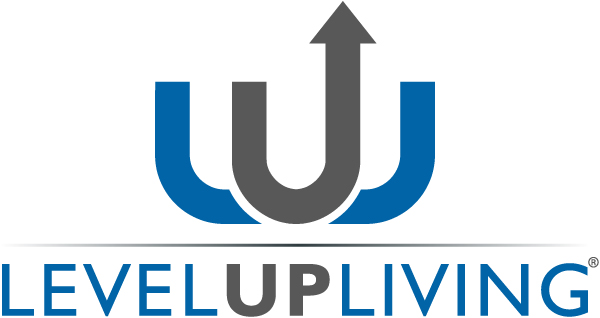Introduction
Leadership presence is a critical aspect of effective leadership. One key element that can significantly enhance your leadership presence is active listening. By actively engaging with your team members and demonstrating that their input is valued, you can cultivate a more inclusive and collaborative environment.
The Power of Active Listening
Active listening is not just about hearing what others are saying; it’s about truly understanding their perspectives and emotions. By actively listening, you can:
- Build trust and rapport with your team members
- Foster open communication and idea-sharing
- Demonstrate empathy and understanding
Implementing Active Listening
Here are some practical steps you can take to implement active listening in your leadership approach:
- Give your full attention to the speaker
- Practice reflective listening by paraphrasing and summarizing what the speaker said
- Show empathy and understanding through nonverbal cues such as nodding and maintaining eye contact
Real-World Examples
Consider the following scenario: During a team meeting, instead of immediately providing solutions to a problem raised by a team member, you actively listen to their concerns, ask clarifying questions, and validate their perspective. This approach not only shows your team member that their input is valued but also promotes a more thoughtful and collaborative discussion.
FAQ Section
Q: How does active listening contribute to effective leadership?
A: Active listening enhances leadership by fostering trust, improving communication, and demonstrating empathy towards team members’ perspectives.
Q: What are some common barriers to active listening in a leadership role?
A: Common barriers include distractions, preconceived notions, and a lack of genuine interest in understanding others.
Q: How can leaders develop their active listening skills?
A: Leaders can develop active listening skills through practice, feedback, and self-awareness. It’s essential to actively engage with team members and seek to understand their viewpoints.
Q: What role does body language play in active listening?
A: Body language, such as maintaining eye contact, nodding, and mirroring the speaker’s gestures, is crucial in conveying attentiveness and understanding during active listening.
Q: How can active listening improve team dynamics?
A: Active listening encourages team members to feel heard and valued, leading to increased trust, collaboration, and a sense of psychological safety within the team.
Q: Can active listening help in conflict resolution?
A: Yes, active listening is a powerful tool in conflict resolution as it allows conflicting parties to express their perspectives, feel understood, and work towards finding mutually beneficial solutions.
Q: How can leaders balance active listening with decision-making in a fast-paced environment?
A: Leaders can strike a balance by actively listening to gather diverse viewpoints, then synthesizing the information to make informed decisions efficiently.
Q: What are some actionable exercises to improve active listening skills?
A: Practice mindfulness techniques to enhance focus, engage in role-playing scenarios to simulate active listening, and seek feedback from colleagues on your listening approach.
Q: How can leaders encourage active listening within their teams?
A: Leaders can set an example by actively listening to team members, create a safe space for open dialogue, and provide training on active listening techniques.
Q: How does active listening tie into emotional intelligence and leadership effectiveness?
A: Active listening is a key component of emotional intelligence, enabling leaders to understand and manage emotions effectively, build stronger relationships, and enhance overall leadership effectiveness.
Conclusion
Mastering the art of active listening is a powerful way to enhance your leadership presence and elevate your impact as a leader. By prioritizing active listening in your interactions with team members, you can create a more inclusive, collaborative, and empathetic leadership style. Start implementing active listening techniques today and see the positive impact it can have on your leadership journey.
